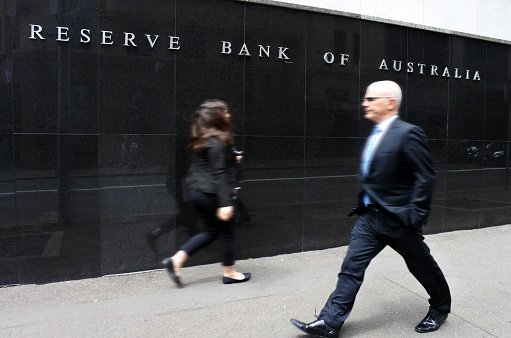Products You May Like
The RBA left the cash rate unchanged at 0.1%, and asset purchases at AUD 4B/month, in October. Despite sharp rise in housing prices, policymakers chose to stick with ultra-easy monetary policy in order to achieve the inflation target and full employment.
The central bank remained cautiously optimistic about the economic outlook. Policymakers acknowledged that “the Delta outbreak has interrupted the recovery of the Australian economy and GDP is expected to have declined materially in the September quarter”. Yet, they remained hopeful that the “setback to the economic expansion in Australia is expected to be only temporary”, thanks to rising vaccination rates and easing of restrictions. The central bank projected that the economy would return to growth in 4Q21, before returning to “pre-Delta path in the second half of next year”.
On the monetary policy, policymakers noted the substantial and ongoing supports to the economy. These included record low borrowing rates, very low sovereign bond yields, depreciation of the exchange rate as result of policy divergence between the RBA and its counterparts such as the Fed and the RBNZ. The RBA also retained the guidance that a rate hike won’t come until inflation is sustainably within the 2-3% target range. This condition would not be met before 2024.
The market was disappointed by the uneventful RBA meeting, reflected in further Aussie decline. The central bank’s dovish stance to leave the policy rate unchanged at least until 2024 is in contrast with the Fed and the RBNZ. The former sent strong signal that QE tapering will begin later this year and the first rate hike could come in 2022. The latter will highly likely raise its policy rate tomorrow.

